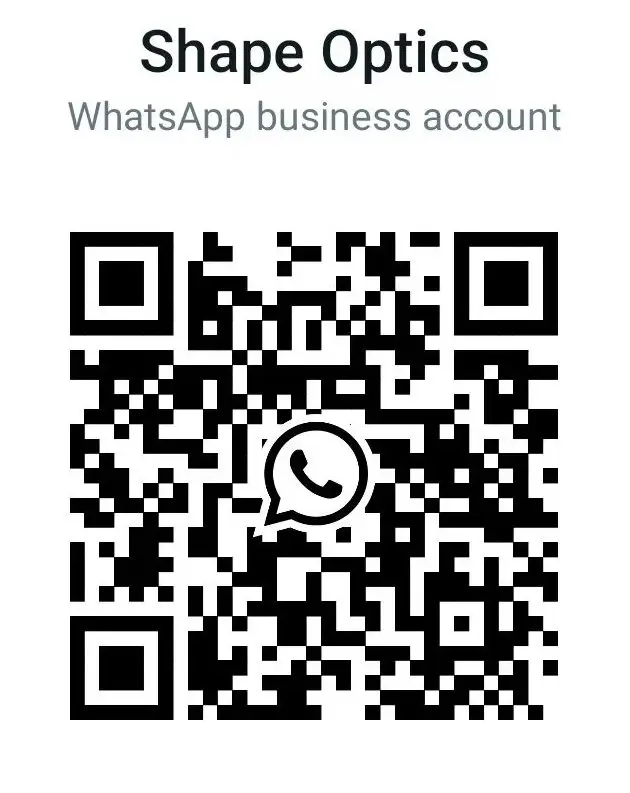Liquid crystal display (LCD) is widely used in various display applications such as cellular phones, PC monitors, televisions (TVs), multimedia products, among others. An LCD backlight module usually includes backlight sources, a light-diffusion plate, a reflector, a brightness-enhancement film (BEF) and a light-guide plate (LGP).
The two illumination schemes employed are bottom-lit and edge-lit. Liquid Crystal Displays (LCDs) are not emissive i.e. they do not generate their own light. Transmissive and transflective displays require some form of backlighting to see the image on the display clearly. The choice of backlighting is therefore an important consideration in LCD design and construction. This application note gives information on the most common LCD backlighting technologies and configurations.
Backlighting Technologies
- Cold Cathode Fluorescent Lamp (CCFL): Cold Cathode Fluorescent Lamps (CCFL), (other abbreviations include CFL (Cold Florescent Lamp) and CCFT (Cold Cathode Fluorescent Tube)) are the most commonly used form of LCD backlighting at present. This is due to exceptional brightness and full spectral output.
- Light Emitting Diodes (LED): Light Emitting Diode (LED) backlighting is a popular backlighting method for small and medium LCDs. The advantages of LED backlighting are low cost (at least for small area displays), long life, immunity to vibration, low operational voltage, and precise control over its intensity.
- Electroluminescent Panel (ELP): Electro Luminescent (EL) backlights use a solid state phenomenon based on coloured phosphors to generate light when an AC voltage is applied to the EL panel. EL backlights are very thin, lightweight and provide an even distribution of light, without the need of a light-guide.
Configuration of LCD backlighting
- Broad Area Emitters: A broad emitting backlight emits its light evenly over the entire surface of the backlight. Such as ELP.
- Point Source Array of Direct Emitters: A point source direct emitter uses a number of light sources to illuminate the LCD, such as LED array.
- Edge Lit Point Source with Light-Guide: the point sources are placed along one or two edges of the display.
- Line Source Array of Direct Emitters: many direct line emitters usually CCFL are placed behind the LCD cell on top of a reflective material, to focus the light towards the LCD cell.
- Edge-Lit Line Source with Light-guide: the lamp (usually CCFL) is used in conjunction with a light-guide to evenly distribute the light behind the LCD cell.
In our example here, we will use edge-lit LCDconfiguration to share an example. we will assume certain constraints. The area of the display will be based upon a standard cellular phone. The light guide thickness will be chosen to limit the overall package height. The BEF will be scaled from the Vikuiti™ design modeled
Display area: 75 mm x 75 mm
Wedge thickness: 4 mm input face, 1 mm end face
BEF: Vikuiti™ T-BEF 90/24

The setting is as below:


The intensity distribution:

The space uniformity distribution

The system efficiency has approximately 60%. Further improvements might be possible by adding additional scattering and/or coating properties in the system.
Reference:
- https://www.zemax.com/
- Zemax Optical Design Program User’s Guide, Zemax Development Corporation
- https://en.wikipedia.org/wiki/Main_Page


